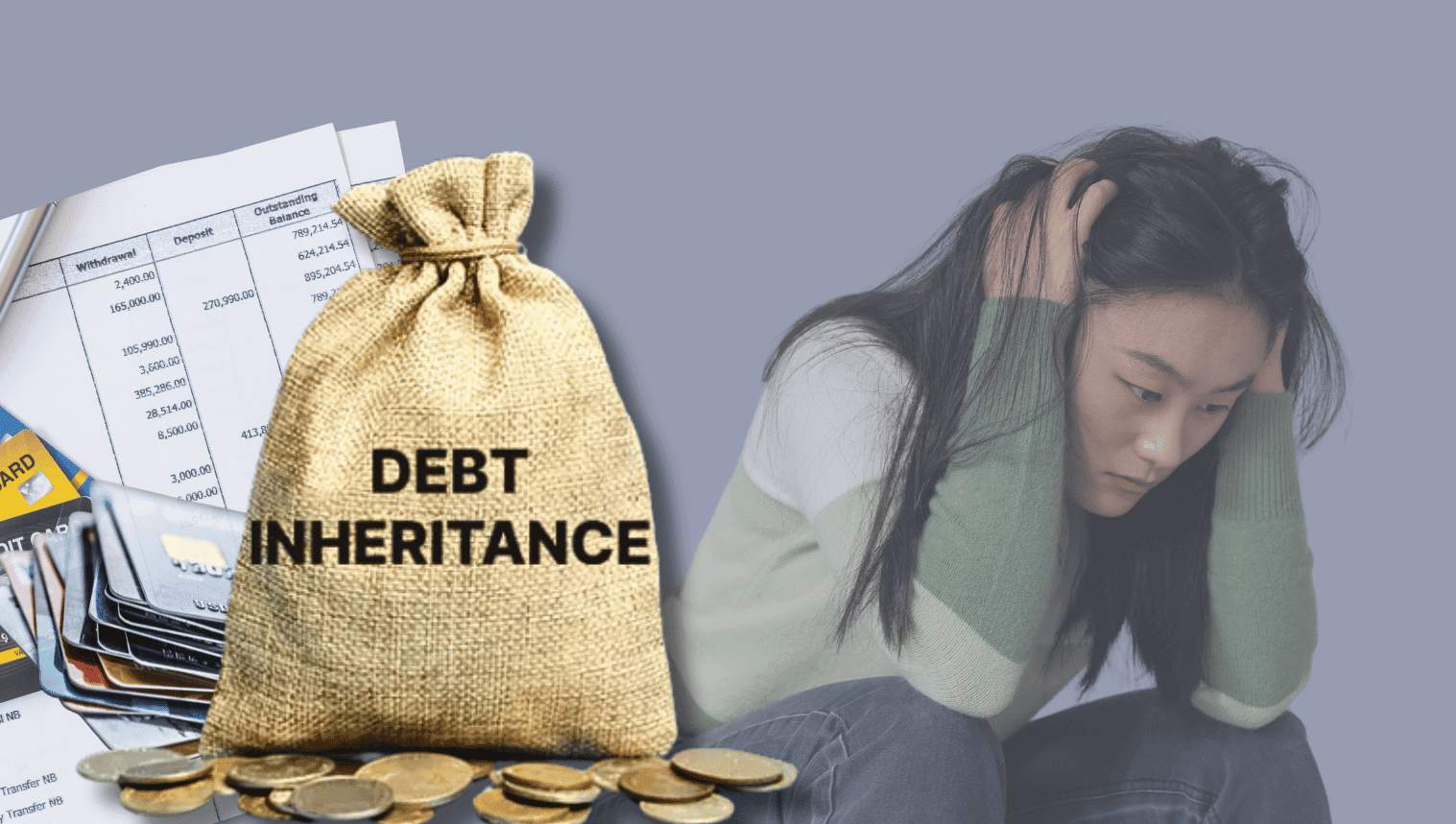Your rights around inheriting debt in Canada can vary depending on several factors, including provincial…

Instant & Payday Loans
The ‘Alternative Credit Sector’ grew out of the forest of modern personal finance like a fungus that sucks out the remaining life from weaker and dying species. Many as poverty lenders who specialized in poor people who could not qualify for credit from mainstream banking or financial institutions were labeled by the early agents of the contemporary credit society. Harsh and often unconscionable terms for repayment accompanied these loans, with the most notable condition being usurious interest rates – so high and excessive that the loan recipients were assured to remain poor while having their suffering intensified and extended well into the future.
Unscrupulous practices like seizing all household furniture in the event of a default in payment (even when the furniture had no resale or market value) and then pursuing the debtor for the inevitable deficiency balance (the difference between what was owed on the loan and the amount received from the sale of the debtor’s assets) caused unbearable fear and proved to be an excellent collection device to pressure people to do frightening things to protect their car or household furniture from seizure. Meanwhile, the interest rates were so high that it was difficult for the poor to get out of debt.
At the end of this unholy cycle of usury and debt repayment, the debtor would see a smiling face appear in the distance with an offer from the poverty lender for more ‘easy’ money with ‘easy’ monthly payments – and the poverty debtor would know they could not get credit anywhere else – and of course, their car needed to be replaced and their furniture by this time had long since worn-out beyond repair.
As the credit society expanded through greater access to the banks, especially via credit cards, so did the ‘Alternative Credit Sector.’ A new face appeared alongside high-risk lending finance companies, namely the modern symbol of a society up to its assets in debt – payday loans. The principle of not borrowing from payday to payday was directly challenged by a lender (a lonely one at that) that challenged this cherished tenet of money management. They began to argue that people needed their loans at rates that were well beyond the criminal rate of interest. They have tirelessly defended their claim that they provide a helpful service to consumers.
A long list of litigation against their extra fees, charges, and excessive rates of interest lay strewn on the evolutionary path to the present where governments recently decided to regulate the rate of interest on small loans under $1,500 to a maximum of 23% that must be repaid in 62 days.
Aside from the pros and cons of legitimizing a lending practice shrouded in questionable benefits, the underlying problems, beneath the surface of a society of debtors who owe over $483 billion in consumer credit, is a mountain of trouble. Even governments and the banks acknowledge that household debt is too high in Canada.
Over lending as a contributing factor to overburdened debtors has been carefully managed by the credit industry and its many allies. Most often, omission from the list of the causes of bankruptcy or debt problems keeps the attention focused on the debtor and their imprudent borrowing practices – and away from any responsibility being attributed to lenders in the household debt crisis that will not go away.
The symptom of borrowing from payday to payday has historically been on the top of the list of warning or danger signals that people have a debt problem. Despite the repeated attempts to legitimize this lending practice and the associated charges and rates charged people who are obviously struggling to make ends meet, payday loans appeared in the Vancouver Sun today for what the government has deemed, “charging customers in British Columbia “several millions” of dollars for cash cards when they took out loans.”












